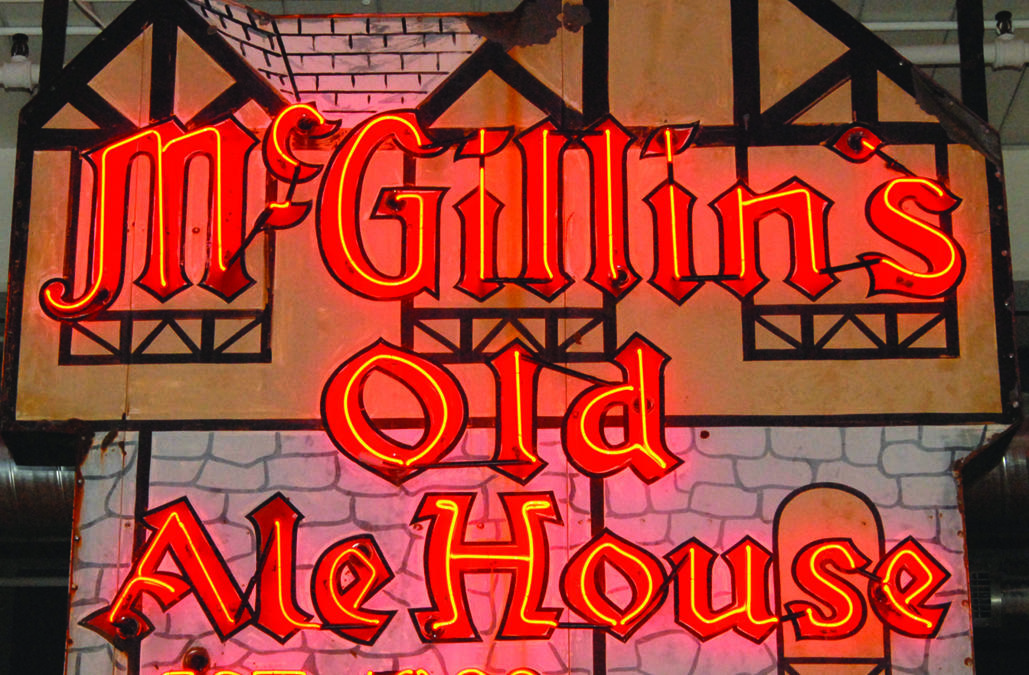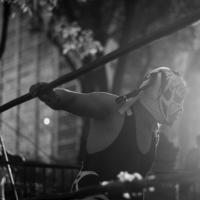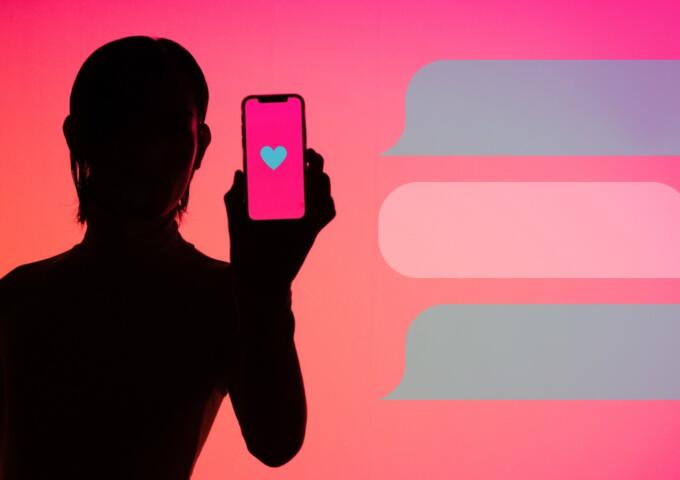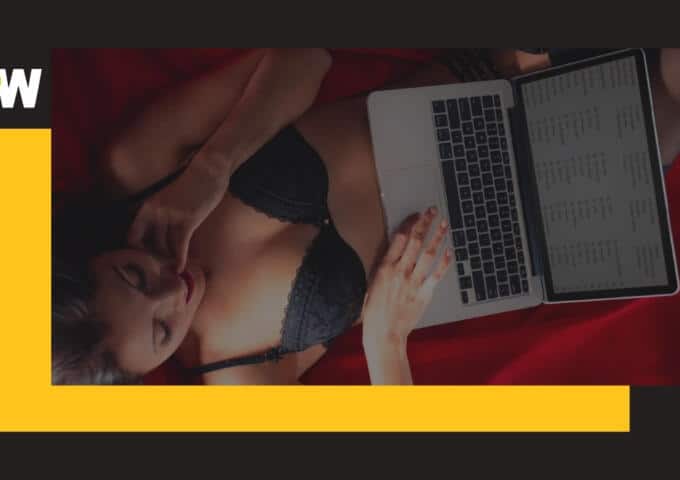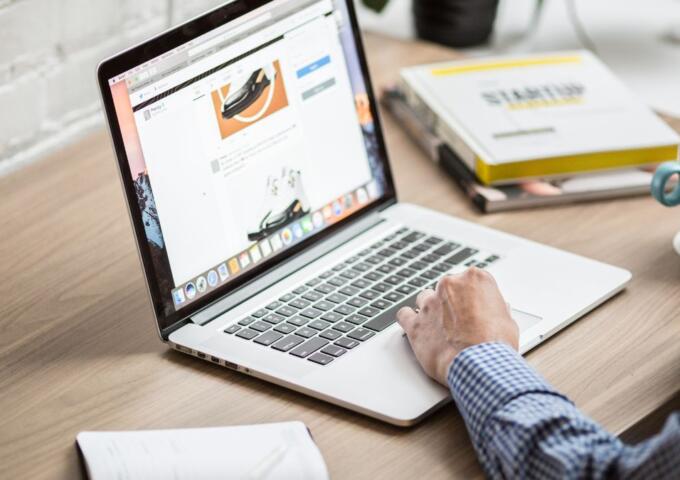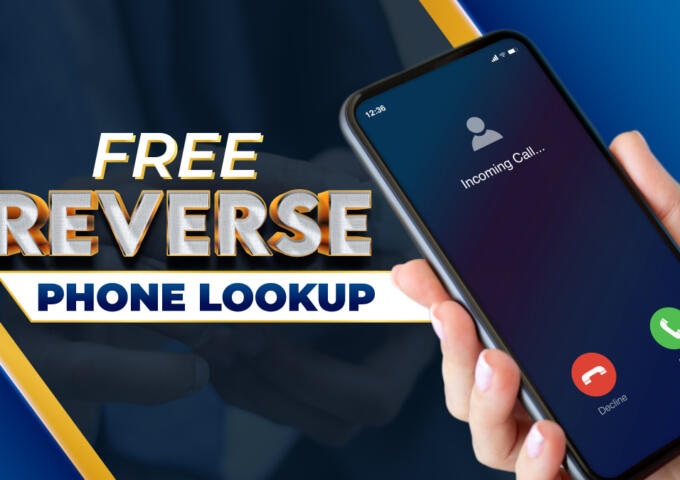The pandemic hit, and, for many places, that brought everything to a standstill.
Not for the Neon Museum of Philadelphia, though. First and foremost, the Museum prepared for its physical grand opening that will take place later this year at NextFab, 1800 North American St., Unit E. More than 120 vintage neon signs were installed, and a myriad of other displays and projects were completed.
The Museum features a dazzling display of over 120 neon pieces with cultural narratives and has gathered a staff of sign designers, museum professionals, and “talented weirdos.” And that’s just for starters.
When the museum physically opens to the public, it will offer an array of changing art exhibits and events, presentations on Philly commercial and neighborhood history, a daily video program, a library, lounge and a museum shop.
Between now and then, it’s launching virtual programs: Demonstrations, conversations, art and performances.
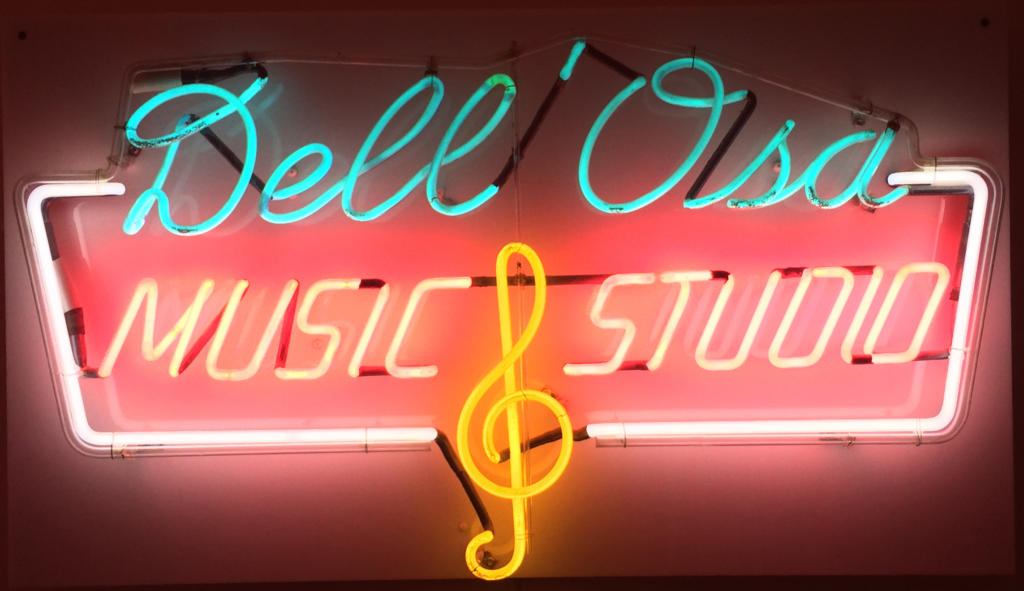
PW recently caught up with NMOP founder Len Davidson to talk about the museum’s past, present and future.
PW: Talk a little about how the Neon Museum of Philadelphia came about. I know it was established in 1983, but has roots that date back to decades earlier.
LD: The spiritual seeds of the museum were planted in the late 1950s when my father regularly took me to Levis Hot Dogs after seeing Philadelphia Warriors games at Convention Hall. Spotting a tiny, neon hot dog as we turned on to 6th Street at Market and watching it grow to a huge, 13-foot edifice when we arrived was an exciting and mysterious experience for a 10-year-old. Eating secret recipe hot dogs and fish cakes, drinking from the nation’s oldest soda fountain, reading the names on the 50-year club posters, soaking in the vibe of a joint that my dad enjoyed and that his father had frequented linked me to Philly roots and culture in a way I couldn’t yet verbalize.
In the mid-70s, these and other Philly childhood experiences – entering Pep Boys under giant
figures of Manny, Moe and Jack, seeing the tire man when crossing the Tacony-Palmyra
Bridge – started to manifest their influence when I opened The Gamery, a bar and restaurant in Gainesville, Florida. We put neon signs on the ceiling, commissioned a giant Cezanne’s “Card Player” from a Mardi Gras float maker for our front window, and the die was cast.
This fascination with neon and the American Roadside intensified when I began apprenticing at a Florida neon sign shop in 1977.
I soon was collecting old neon in Florida and New Orleans and left my teaching job at U of Florida. I continued scavenging neon upon moving back to Philly in 1979. The collection expanded when I opened Davidson Neon Design, a custom neon business. The collection was christened Neon Museum of Philadelphia in 1983.
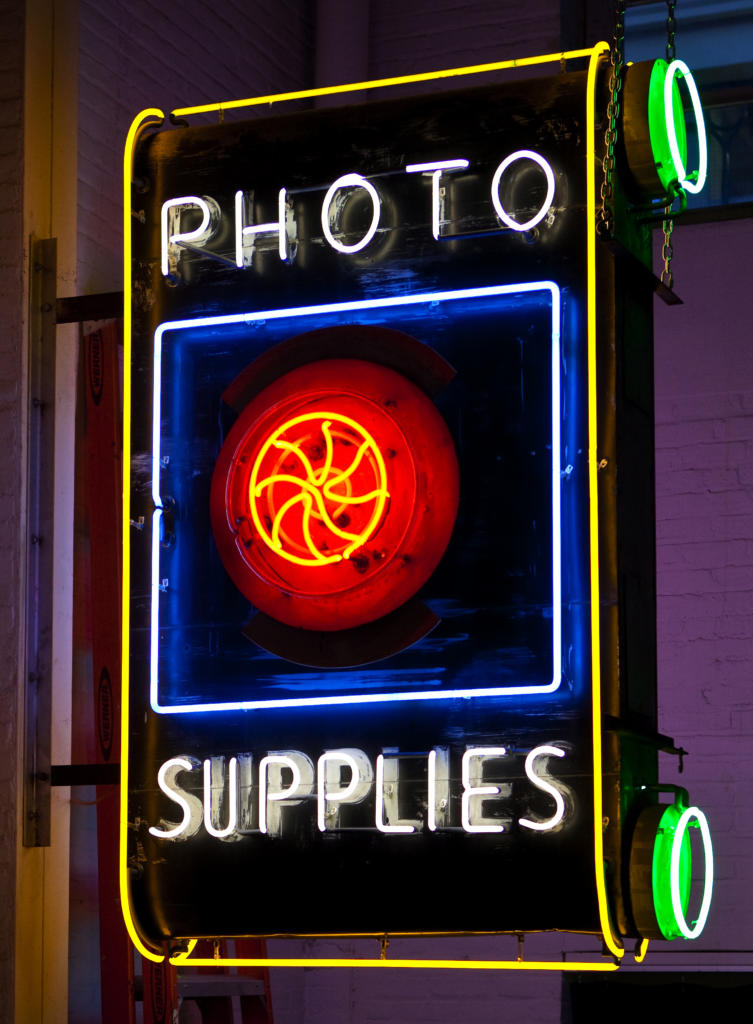
PW: The pandemic and all of the closures that accompanied it hit everyone hard. Even though the Museum was closed for in-person visits, you still kept active. Tell our readers a little about all of the things going on while the doors are still closed to the general public.
LD: There’s too much to tell – here’s a sketch: We installed over 120 vintage signs in our building and researched their history and cultural context. That material was recorded on Museum Guide Cards that are below the sign exhibits. We built a website that describes the museum and details its participatory nature: A membership structure, opportunities to “adopt” signs, mechanisms for collecting oral history and so on.
We developed a presence on social media, particularly on Instagram. We set up a library with volumes on Philly history, neon, folk art, the American roadside and related topics. We solicited and obtained over 100 videos and PowerPoints on these topics from enthusiasts across the U.S. When open, we plan to show material from this video archive on a daily basis.
We created a store and began stocking it with neon and Philly books, neon postcards, old Philly bottles, museum T-shirts, jewelry, etc.
We built three, double-sided, moveable walls for mounting art and history exhibits, and just installed our first show. It was put together by Philly artist Mason Carter. Mason is a self-taught futurist and urban planner who makes vibrant illustrations of a fantasy city, Blendini, complete with descriptions of each neighborhood/drawing.
Best of all, we resurrected deadbox, a Philly street game in which players flick weighted bottle caps across a 6-foot by 6-foot playing field.
What this is about is creating a history museum of pre-internet life in Philadelphia. Our mission is not nostalgia but understanding 20th Century Philly history and culture, and creating a community setting to enjoy it.
PW: When the doors finally reopen later this year (we all hope), what exhibits and events do you have planned?
LD: We’re planning exhibits of local and national neon artwork, a panel discussion about Reading Terminal history, another on the South Street Renaissance in the 1960s, exhibits on Philly brewing history, a program on Philly street art, plus other ideas from members. Though some areas might seem removed from neon, they rarely are. For instance, we have lots of signs from the Reading Terminal and South Street which amplify those topics.
PW: Which exhibits or displays generate the most reaction from visitors? In other words, when we visit, what do we need to make sure we see?
LD: Everyone loves animated neon: Our racing Greyhound Dog, a 50’s camera from Lancaster Ave. with an aperture that opens and closes, a hip-shaking Elvis from a South Philly dive bar, a fuel oil delivery truck from 52nd Street with moving wheels, a dancing crab – to name a few. Plus, some of the relics are almost sacred to Philly lovers: The huge Pat’s Steaks neon and
porcelain crown from the mid-50s, back-lit Pep Boys figures, an H and H sign from 30th Street
Station, the 13-foot Levis Hot Dog, the 60’ Bookbinders sign from 15th Street. Our Bulova Clock from the 1939 NY World’s Fair that ended up atop a North Broad Street jewelry store stops people in their tracks too.
PW: How can people support the museum?
LD: Become a member. Adopt a sign. Bring your kids to play deadbox. Suggest a program. Plan an event in our space. Buy our Vintage Neon book. Donate memorabilia relating to a sign. Share your stories about the businesses we profile.
PW: What are the best ways for people to stay up-to-date with what’s going on at the museum?
LD: Our website www.neonmuseumofphiladelphia.com has all the news, and our Instagram page @neonmuseumofphiladelphia shows you visually what we are up to.
